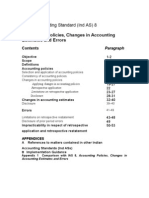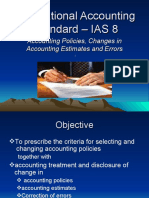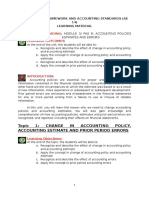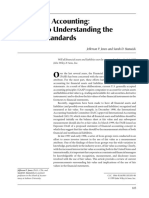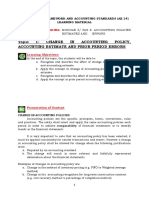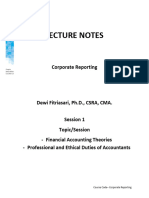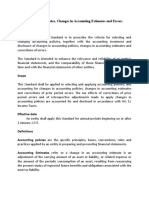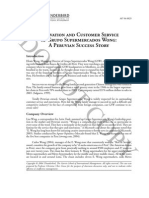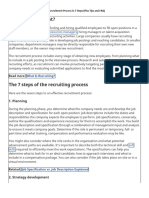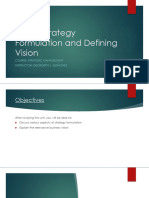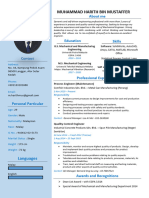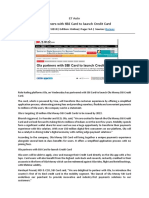0% found this document useful (0 votes)
18 views22 pagesModule 3
The document outlines the application of IND AS 8, which governs the selection and application of accounting policies, changes in accounting estimates, and corrections of prior period errors. It details the definitions and implications of accounting policies, estimates, and errors, as well as the treatment and disclosure requirements for changes in these areas. Additionally, it introduces IND AS 10 regarding events after the reporting period and IND AS 113 concerning fair value measurement, including definitions and valuation techniques.
Uploaded by
ksdhanushkumarCopyright
© © All Rights Reserved
We take content rights seriously. If you suspect this is your content, claim it here.
Available Formats
Download as PPTX, PDF, TXT or read online on Scribd
0% found this document useful (0 votes)
18 views22 pagesModule 3
The document outlines the application of IND AS 8, which governs the selection and application of accounting policies, changes in accounting estimates, and corrections of prior period errors. It details the definitions and implications of accounting policies, estimates, and errors, as well as the treatment and disclosure requirements for changes in these areas. Additionally, it introduces IND AS 10 regarding events after the reporting period and IND AS 113 concerning fair value measurement, including definitions and valuation techniques.
Uploaded by
ksdhanushkumarCopyright
© © All Rights Reserved
We take content rights seriously. If you suspect this is your content, claim it here.
Available Formats
Download as PPTX, PDF, TXT or read online on Scribd
/ 22









